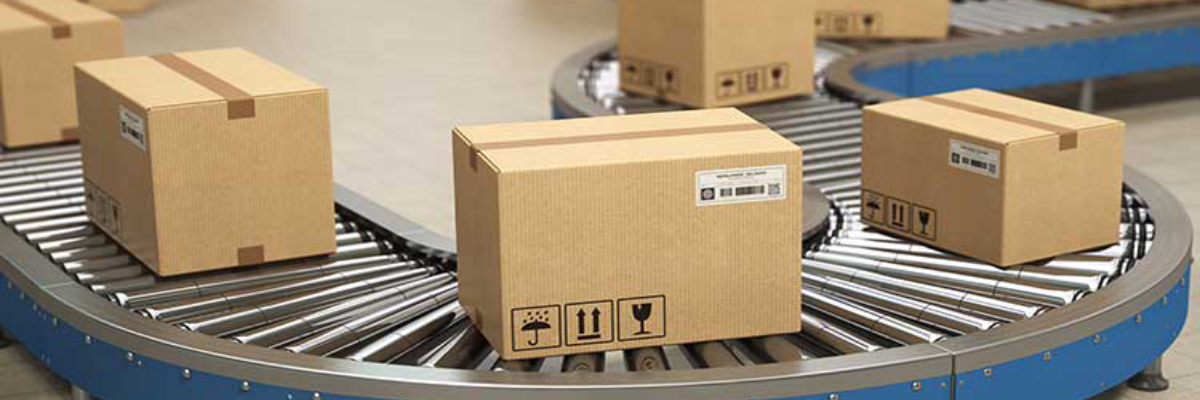Everything You Need to Know About ELD Mandate

Monday, 12 August 2019 | Freight Shipping
While it has taken some time, compliance to federal electronic logging device (ELD) mandate has nearly reached 99 percent across freight shipping and trucking industry. The federal rule that came out of the Moving Ahead for Progress in the 21st Century Act (MAP-21) was signed into law in 2012. According to the new rule, drivers of all commercial motor vehicles (CMVs) involved in interstate commerce must keep their records of duty status (RODS) through ELD, starting December 18, 2017. Paper logbooks and automatic on-board recording devices (AOBRDs) should be replaced with automated ELD for recording their hours of services (HOS). Fleets running with AOBRDs have an additional two year time period for compliance, as they should switch to ELD technology by December 16, 2019.
What is ELD?
An electronic logging device or ELD is attached to a commercial motor vehicle so that it records the vehicle movements through engine synchronization. This automated device will record the driving activities throughout freight shipping journey which includes driving time, idle time, location, engine hours, total number of miles driven and more. Furthermore, it also proves beneficial in detecting and reporting automotive malfunctions and faults.
Why ELD mandate was introduced?
According to the Federal Motor Carrier Safety Administration (FMCSA), driver fatigue is the major factor for increased street and highway accident rates. Commercial drivers often spend several hours at a stretch during long-distance journeys, leading to tiredness and sleepiness, and ultimately resulting in accidents. Such disastrous incidents led to the formation of ELD mandate that restricts drivers to drive only upto 11 hours during a 14-hour period. Therefore, ELD plays a key role in preventing driver fatigue, thus increasing road safety. Moreover, keeping paper logbooks are not only cumbersome but they are also prone to errors and manipulation. With the automated electronic recording in place, drivers are notified of upcoming HOS violations and they can have adequate rest for operating the commercial vehicles safely.
According to the official announcement,
“(FMCSA) announced the adoption of a Final Rule that will improve roadway safety by employing technology to strengthen commercial truck and bus drivers’ compliance with hours-of-service regulations that prevent fatigue.”
Are there any exemptions?
According to FMCSA, there are a few exemptions to the ELD rule and drivers falling under those categories doesn’t need to follow the ELD mandate.
1. Drivers of pre-2000 vehicles (vehicles manufactured before the model year 2000)
2. Short-haul drivers who are not required to keep a Record of Duty statuses (RODS)
3. Drivers conducting a drive-away-tow-away operation where the vehicle being driven is the shipping commodity
4. Drivers who maintain RODS for less than eight days in a thirty-day period.
What are the technology requirements of ELD mandate?
Fleet owners should only purchase an ELD from FMCSA-certified manufacturer. CMV drivers need to fill and submit their HOS records through ELD to commercial vehicle enforcement authorities in order to pass a roadside inspection during a traffic stop. Transfer of e-logs can be done through smartphones, Bluetooth, USM, email or printouts.
How does ELD mandate affect the logistics and transportation industry?
Enforcement of ELD mandate has been a highly-controversial shift in the trucking industry. Since its introduction, it has made a significant impact across the industry for a variety of reasons. However, ELD compliance can streamline administrative operations, reduce business costs, improve safety and productivity of 3PL companies by a greater extent.





